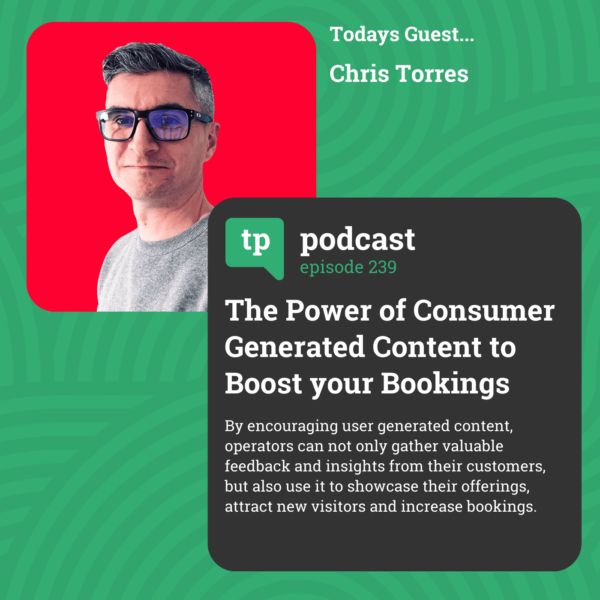Anyone who deals with sales and/or marketing has known for a while now that tracking the consumer journey from start to finish is becoming nigh on impossible because of the changes from platforms like Facebook and companies like Apple.
It is now impossible to track across domain names, which means tracking over a booking widget or separate booking URL is no longer possible. But there is a simple solution to this problem that Res Tech and booking platforms MUST implement if they wish to aid their customers and partners in generating more bookings through their systems.
What is the current issue?
Most operators who use the likes of Fareharbor, Bokun, Trekksoft, Checkfront, Rezdy, PeekPro or any of the other popular booking platforms will be familiar with the widget that is added to a website. This works by adding a button and/or a snippet of code through a piece of Javascript. When clicked, an iFrame containing the booking widget launches on the operator website or a calendar loads on a page that itself launches a separate window so the consumer can complete the booking.
Now the issue is, Facebook now needs you to verify your domain name to make tracking website interactions work properly. It also has to be a main domain name and not a sub-domain name.
Without getting too technical, the widget loaded from most booking platforms is from a URL on the res tech side within a container called an iFrame. As this is seen as a separate URL – one that you cannot verify on your own Facebook account – Facebook can no longer track your customers’ interactions once they start the booking stage. This makes it impossible to know if they completed a purchase or where in that booking journey they may have dropped off.
Currently, it is mainly Facebook that has this issue. But this will eventually be implemented by the likes of Google and other platforms as global pressure on data tracking becomes more and more strict.
Facebook, and other platforms, have launched a way to track conversions using server side tracking. This means a server you set up, say on Google Cloud, can help claw back some of that missing data. But it will still not be as it was before, and still not entirely help with how most booking platforms are currently set up. Server side tracking is also a lot harder to set up for the non technical folks and may cost you a small monthly fee (or large if you get a lot of traffic).
There is an easy solution
Some platforms, like TourCMS or Rezgo, offer an API solution, so a developer can build you a bespoke, on-site booking process that would get around this issue. However, this can be an expensive endeavor to build and maintain. We did this back in the day for companies like Gray Line and Macs Adventure, amongst many others, when we used to develop bespoke websites. However, this solution is not viable for the vast majority of operators.
The easy solution, from what I can see, is if these booking platforms allowed operators to add a ‘payment complete’ URL that redirected the consumer back to a booking confirmation or thank you page on the operator website. Now, while this may still not allow you to track the full journey, it would allow you to track if that customer who visited a product page completed a purchase on your site.
Some res tech may say this could stop any upsell opportunities, but another simple solution is to embed an iFrame into the thank you page that could still pull in upsell experiences and add-ons. By going to this page, the Facebook Pixel may have the opportunity to even pull in the sale price of that booking.
This simple solution would allow for more insights into the ads or content that inspired that consumer to make the booking. That means marketing agencies like mine could create more of this content to create even more bookings and revenue for the operator and the res tech. For me, it is a no brainer that brings many benefits.
The likes of PayPal, Stripe and most other payment platforms allow you to set a “payment complete” URL and it is high time booking platforms followed suit. Those who do will find themselves being recommended by agencies and other partners, more so, than those who don’t.
If there is a good reason why booking platforms don’t do this, please do tell me, but from where I am sitting, this solution, at least, must be implemented by all.
Join the Facebook Group: https://www.facebook.com/groups/digitaltourismshow

